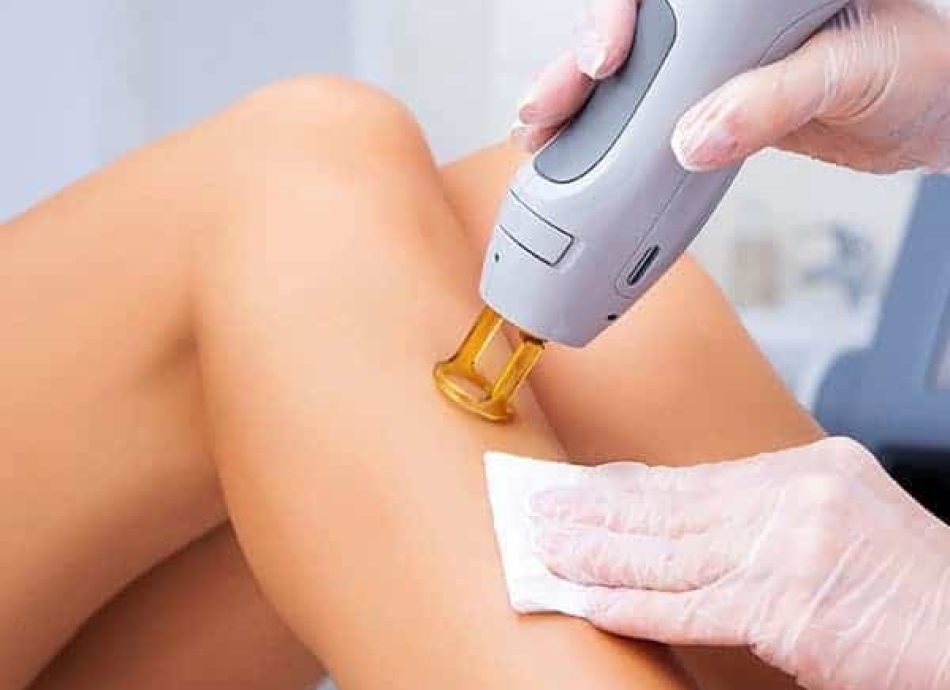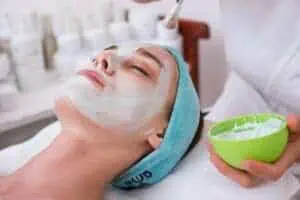Laser Treatment
Home » Treatments » Laser Treatment
Award winning dermatology service, with over 20 years of experience
Short waiting lists, on some occasions offering same week appointments
Safe environment, in Care Quality Commission approved facilities
Everything you need to know About choosing a laser clinic
Lasers work by emitting a very strong light of a single wavelength that is carefully matched to the absorption characteristics of the target tissue, whether this target be thread vein, hair or tattoo pigment. The intense pulsed light is absorbed by the target and converted into heat, thereby destroying the target. Because this destructive process is over in a fraction of a second, there is little time for the heat to affect other tissue nearby, and because of this the risk of scarring is minimised. The body then excretes the damaged cells.
HOW DO LASERS WORK?
Lasers are precise devices which produce light of a particular wavelength depending on the material being energised. Across our clinics we have access to a whole host of different laser systems, wavelengths and a variety of delivery systems. We offer laser treatments for conditions such as Acne, Acne Scars, Hair removal, Tattoo Removal and Broken Veins.
The process of directing a laser or IPL source to a target area in the skin is technically known as “selective photothermolysis”. The appropriate use of either lasers or IPL will be assessed at the consultation.
Patients having laser treatment should understand it is important they are not tanned as the tanning layer may impede the penetration of the laser light.
LASERS
A laser is a high energy beam of light that can precisely transfer this energy into certain tissues within the skin. These beams of light are produced in one wavelength at a time and can vary in terms of their strength and the type of tissue that they can target.
INTENSE PULSED LASER (IPL)
Intense pulsed light (IPL) is a technology used by our dermatologists to perform various skin treatments for dermatological and aesthetic purposes, including hair removal, photo-rejuvenation (e.g. the treatment of skin pigmentation, sun damage, and thread veins) as well as to alleviate dermatologic diseases such as acne.
Intense Pulsed Light systems differ from lasers in that they can deliver hundreds of wavelengths (or colours) in each burst of light. Certain filters are used to filter out the unwanted wavelengths, so that they work in a similar way to lasers causing heat damage to the particular skin problem.
EVLA (ENDOVENOUS LASER ABLATION)
Endovenous Laser Ablation (EVLA) is a minimally invasive procedure for treating varicose veins and venous insufficiency. EVLA uses laser energy to close and seal the afflicted veins from within. In general, EVLA is regarded as a safe and efficient treatment for varicose veins. It has several advantages over traditional vein stripping, including a shortened recovery period, minimal scarring and a decreased risk of complications.
FREQUENTLY ASKED QUESTIONS
CAN A PIGMENTED LESION BE REMOVED IN ONE LASER TREATMENT SESSION?
There are certain lesions that can be treated in just one session, and these include the so-called liver or age spots, benign lentigo and freckles. However, for lesions with deeper lying pigment, multiple treatment sessions may be necessary e.g. pigmented birthmarks, such as café-au-lait spots.
HOW OFTEN ARE LASER TREATMENTS CARRIED OUT?
Laser treatments are usually scheduled at 6-week intervals, but often just one session is sufficient, depending on your individual response. IPL treatments may be repeated every 3-4 weeks for a course of 4 sessions.
WHAT ARE LASER TREATMENTS LIKE?
You may experience a warm, stinging sensation in the area treated during the procedure. The treatment usually takes between 15 to 30 minutes.
ARE THERE ANY SIDE EFFECTS OF LASER TREATMENT FOR PIGMENTED LESIONS?
Immediately after treatment, the treated area becomes darker, crusts and peels off over 1 to 2 weeks, leaving a pinkish area of new skin lasting several more weeks. Significant fading can continue for up to 6 months after treatment in some cases.
Our Laser Clinic Treatment Process:
Book Assessment
Contact us to arrange a no-obligation consultation with our experienced specialist who will examine you.
Appropriate Treatment Identified
There are a wide range of treatment options available depending on the severity and location of your condition. Our experienced dermatologist will explain all of your treatment options and help you to decide the best programme for you.
Treatment Begins
Once an appropriate treatment has been agreed upon, the treatment programme begins, and you’ll be well on your way to a healthier, happier skin. Results will likely appear within the timeframe suggested by your acne specialist.
REQUEST A CALL BACK
Please fill in this form and one of our team will give you a call back to arrange a consultation with one of our expert dermatologists.

HEAR FROM OUR PATIENTS
WHY choose TREATMENT FROM STRATUM DERMATOLOGY'S laser clinics?
When having laser treatments, it is vital that the person conducting the treatment is both qualified and experienced. The facilities should be clean, safe and offer the best equipment. By choosing to have laser treatments at our clinics, you can be sure of all of the above.
We work with leading experts in the field of dermatology to ensure you have the best experience and treatments. All our clinics are regulated by the Care Quality Commission, are part of the British Association of Dermatologists and are top rated by patients on Doctify and Trustpilot. Both our clinics and the consultants who work here are recognised by the main healthcare insurance providers.
We can reassure you that our clinics remain committed to providing safe cosmetic and laser treatments in an environment that is fit for purpose, and we remain registered with, and regulated by, the Care Quality Commission.
LASER CLINIC IN OXFORD
Stratum Clinics Oxford
Cantay House
38-39 Park End Street
Oxford OX1 1JD
LASER CLINIC IN SOUTH WEST LONDON
Stratum Clinics Wimbledon & Raynes Park
Raynes Park Health Centre
1 Lambton Road
Wimbledon
SW20 0LW
LASER TREATMENTS INSIGHTS AND ADVICE

What is the difference between IPL and Laser Hair Removal?
WHAT IS THE DIFFERENCE BETWEEN IPL AND LASER HAIR REMOVAL? Laser hair removal treatment is an extremely popular cosmetic procedure for both men and women alike. Most areas on the body and face can be treated with lasers for permanent hair reduction with the most

What is the best treatment for acne scars?
WHAT IS THE BEST TREATMENT FOR ACNE SCARS? With acne being the most common skin condition in teenagers and young adults, more and more research into the treatment of acne is being conducted. Statistics show that acne affects three out of four people between

Laser treatment for acne scars: How many sessions does it take?
LASER TREATMENT FOR ACNE SCARS: HOW MANY SESSIONS DOES IT TAKE? Laser treatment for acne scars is one of the most searched terms on the web for beauty. Laser acne scar treatment aims to minimise the appearance of scarring from old acne breakouts. Approximately 95%